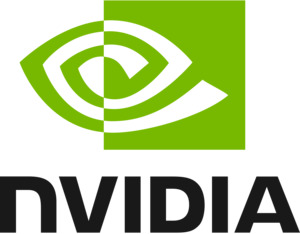Nvidia has been up to some sneaky business lately and if you're in the market for some new laptops in the recent spate of tech deals, you may want to do some extra research on what kind of GPU your laptop will have. Specifically, there are actually 2 versions of the popular MX150 GPU that's floating in the market right now. The underclocked variant performs between 20~25 percent slower than the vanilla version.
https://www.notebookcheck.net/Nvidia-has-been-sneaking-in-sl…
Quoted from Notebookcheck
TL;DR: We've discovered two distinct versions of the GeForce MX150 with wide performance differences and power demands. The second version is notably slower and less demanding than the "standard" MX150 with underclocked clock rates, Boost rates, and VRAM not unlike a Max-Q GPU. This slower "MX150 Max-Q" can only be found on 13-inch Ultrabooks so far. We recommend being cautious if purchasing a notebook with the MX150 GPU as neither Nvidia nor the manufacturers have been explicitly advertising the slower GPU version.
Please see our dedicated page on the GeForce MX150 for more technical information on the two versions of the GPU.
Nvidia's response was that it's ultimately up to the notebook's manufacturer to choose between the 'slow' and 'normal' version of the graphics chip. Best to do your research before you buy.

That's just how things work not Nvidia being sneaky …